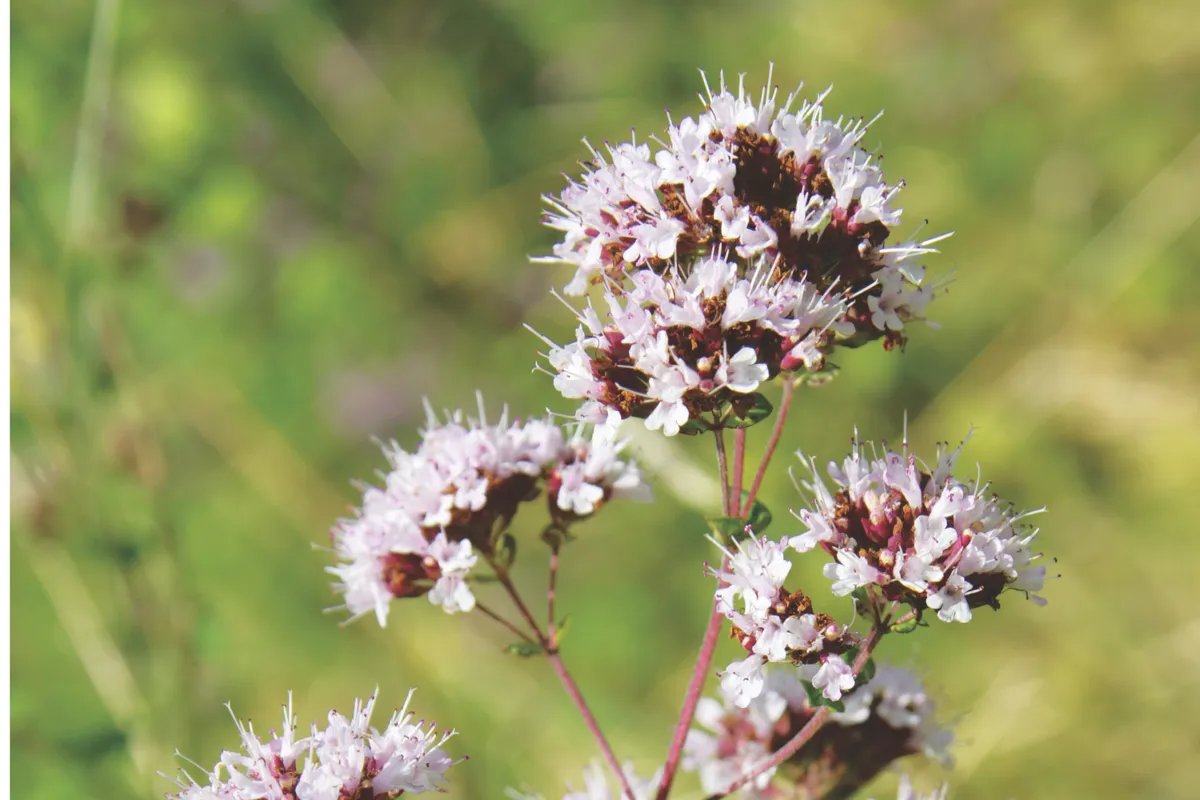Coombe Hill Canal and Meadows is a beautiful and biodiverse reserve in the heart of the Cotswolds, midway between Gloucester and Tewkesbury to the west of the A38.
The 105-hectare reserve is owned and managed by Gloucestershire Wildlife Trust, which is constantly working on ways to help encourage biodiversity to thrive here. The Trust has introduced grazing animals – cattle and sheep –on the reserve’s south and north meadows between August and October, as well as coppicing to help provide
a richer variety of habitats.

Wildlife at Coombe Hill Canal and Meadows
The reserve is a great place to visit in May and early summer, as you have a high chance of an encounter with wetland wildlife, including butterflies, curlews, redshank, oystercatchers and snipe. Go on the lookout for the fragrant wildflowers of rock rose, marjoram, basil and thyme.
Whether it’s marvelling at the wildflowers – thriving here due to the short grasses caused by cattle grazing – the sheer diversity and volume of invertebrates and other insects enjoying the plantlife, to the skies filled with birds searching for nest-building materials, there is an exciting variety of flora and fauna to discover.
Coombe Hill boasts a range of habitats to support such incredible biodiversity, including chalk grassland and acid heathland, which is why the reserve is designated a Site of Special Scientific Interest (SSSI). Stretching through the middle is the River Severn Navigation Canal – its ditches and deep pools are popular with many species of dragonflies and damselflies.
As the reserve serves as a floodplain in winter, the majority of the wildlife species here are influenced by water. Whether it’s from ditches, the canal, or marshes and wet grassland for ground-nesting birds.
In May last year I saw a red-necked phalarope, reed warblers, lapwings, avocets, and wood sandpipers. I highly recommend a visit to the Grundon bird hide overlooking the main wetland area – you could see some of the birds I have mentioned, and more.

